Benefits and Techniques of Laser Hair Removal in Nepal
Tired of razor burns and endless waxing? Laser hair removal - akarshan clinic offers a solution. It's changing the game for permanent hair reduction in Nepal. At akarshan clinic, we have safe, effective solutions for [...]
Laser Hair Removal in Nepal : Every thing you need to know
Laser hair removal is a cosmetic procedure that uses a concentrated beam of light to destroy the hair follicles which results in further hair growth. The beam of light is absorbed by the melanin pigment [...]
HIFU Treatment in Nepal – Non-Surgical Face Lifting
We all want to look youthful, many of us turn to non-invasive, non-surgical facelifts to help slow down the ageing process. While some people embrace aging gracefully, others prefer to maintain a youthful appearance without [...]
Bridal HydraFacial in Nepal
Have you stressed Planning for your wedding and finally realized that you need to get a pre-bridal skin prep for your big day and are worried about the time limitation? When you’ve been dreaming about [...]
Exosome Treatment / therapy in nepal
Exosome therapy is quickly becoming one of the best solution for both hair loss and skin rejuvenation, due to its ability to support healing and promote regeneration at a cellular level in both hair follicles [...]
Hair Transplants: What to Expect and Costs Explained
A hair transplant in Kathmandu, Nepal, offers a transformative solution for individuals experiencing hair loss. This procedure can significantly improve self-esteem and boost confidence for those affected. Fortunately, advancements in medical [...]
A hair transplant in Kathmandu, Nepal, offers a transformative solution for individuals experiencing hair loss. This procedure can significantly improve self-esteem and boost confidence for those affected. Fortunately, advancements in medical technology have made hair transplants a popular and effective option. In Kathmandu, the demand for these procedures has surged, leading to the establishment of reputable clinics that offer state-of-the-art services. This blog post provides an in-depth guide on hair transplants, detailing the various types of surgery and associated costs. It also offers aftercare tips, aiming to assist readers in making informed decisions.
Hair Transplants: What to Expect
Hair loss can significantly impact self-esteem and confidence, leading many individuals to seek effective solutions. Among the most popular options available today is hair transplantation. This surgical procedure is designed to restore hair to areas of the scalp affected by thinning or baldness.

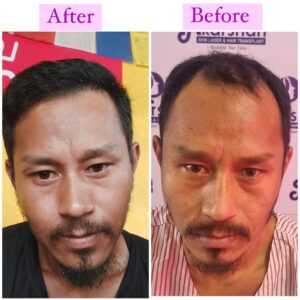
Types of Hair Transplant Surgeries: FUE and DHT
When considering a hair transplant, understanding the two primary techniques—Follicular Unit Extraction (FUE) and Direct Hair Transplant (DHT).
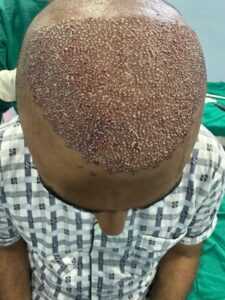
FUE is a minimally invasive method that extracts individual hair follicles from the donor area. This area is typically located at the back of the scalp, and specialists use a specialized tool for the extraction. This technique allows for a natural distribution of hair and minimizes the risk of scarring because it does not involve a linear incision. Patients appreciate FUE for its quick recovery time, as most can resume their normal activities within a few days.
In contrast, DHT is a more advanced procedure that combines extraction and implantation in one seamless process. By immediately placing harvested follicles into the recipient area, the procedure enhances the survival rate of the grafts. This approach promotes a more natural-looking result for patients. This method is particularly beneficial for patients with extensive hair loss, as it allows for denser packing of hair follicles.

Both techniques offer unique advantages that appeal to different individuals. The choice between them often depends on personal hair loss patterns, individual preferences, and the surgeon’s recommendation. Understanding these options can empower patients to make informed decisions about their hair restoration journey.
How Does a Hair Transplant Work?
The hair transplant process involves several critical steps that ensure successful outcomes. Initially, patients have a thorough consultation with a qualified surgeon. The surgeon assesses their hair loss pattern, discusses expectations, and determines the most suitable technique for their needs.
On the day of the surgery, the medical team administers local anesthesia to ensure comfort throughout the procedure. For FUE, specialists extract hair follicles one by one from the donor area using a micro-punch tool. In contrast, for DHT, they carry out the extraction and implantation simultaneously. Once they harvest the follicles, they meticulously prepare them and then implant them into the balding areas of the scalp, following a pattern that mimics natural hair growth. This meticulous placement is crucial for achieving a natural appearance and ensuring that the hair grows in the desired direction.
After the procedure, patients receive detailed aftercare instructions, which are essential for promoting healing and hair growth. Most patients start noticing new hair growth within three to six months post-surgery, with full results visible after about a year. This timeline can vary based on individual factors such as genetics, health, and adherence to post-operative care.
Overall, understanding how a hair transplant works can help the process and set realistic expectations for prospective patients.
How Long Do Hair Transplants Last?
One of the most significant advantages of hair transplants is their longevity. Once the transplanted hair follicles establish themselves in their new location, they begin to grow naturally. These follicles can remain in place for many years, often lasting a lifetime. The transplanted hair typically resists the hormonal changes that cause hair loss. This resistance means that the results can be permanent for patients.
However, it’s essential to note that while the transplanted hair is permanent, the surrounding non-transplanted hair may continue to thin over time. Consequently, some patients may choose to undergo additional procedures in the future to maintain overall hair density. The longevity of hair transplants also depends on various factors, including the patient’s age, genetic predisposition to hair loss, and adherence to a healthy lifestyle.

Regular follow-ups with the surgeon can help monitor hair growth and address any concerns that may arise. Patients are encouraged to maintain a healthy scalp environment through proper care and possibly the use of recommended topical treatments to support the longevity of their results. Understanding the permanence of hair transplants can provide reassurance to individuals considering this life-changing procedure.
Is a Hair Transplant Permanent?
Yes, hair transplants are widely regarded as a permanent solution for hair loss. The key to their permanence lies in the nature of the transplanted hair follicles. Surgeons take these follicles from areas of the scalp that are genetically resistant to the effects of dihydrotestosterone (DHT). This hormone is primarily responsible for male and female pattern baldness.
When surgeons transplant these resilient follicles into thinning or balding areas, the follicles continue to grow and thrive. They behave much like they did in their original location. Patients must understand that the transplanted hair is permanent. However, the potential for hair loss in non-transplanted areas still exists. Therefore, some individuals may experience continued thinning in other parts of their scalp even after a successful transplant.
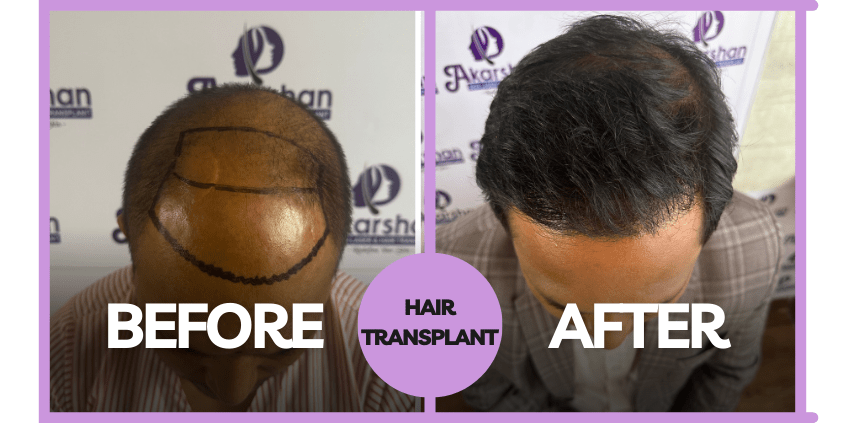
To mitigate this, some surgeons may recommend a combination of hair transplant surgery with medical therapies, such as finasteride or minoxidil, to help preserve existing hair and enhance overall results. This approach ensures that patients achieve the most natural and aesthetically pleasing outcome possible.
Understanding that hair transplants are a long-term investment can help patients approach their hair restoration journey with confidence and clarity.
What Happens After a Hair Transplant?
Post-operative care is crucial to the success of a hair transplant, and understanding what happens after the procedure can help patients prepare for the recovery process. Immediately following the surgery, it’s common to experience some redness, swelling, and discomfort in the treated areas. These symptoms are typically mild and can be managed with prescribed medications.
Patients are advised to avoid strenuous activities, direct sunlight, and swimming for at least a week to allow the scalp to heal properly.
During the first few weeks, patients should follow specific aftercare instructions. These instructions include how to wash their hair gently and when to resume their normal hair care routines.
It’s also essential to avoid scratching or picking at the grafts, as this can dislodge them and affect the final results. As the healing progresses, patients will notice shedding of the transplanted hair. This shedding is a normal part of the hair growth cycle. New hair growth usually begins within three to six months. It can take up to a year for patients to see the full results become apparent.
Regular follow-up appointments with the surgeon are vital for monitoring progress and addressing any concerns. Overall, understanding the post-operative process can help patients feel more at ease and ensure the best possible outcome from their hair transplant.
How Much Do 3,000 Hair Grafts Cost?
When considering a hair transplant, understanding the associated costs is essential for budgeting and planning. At Akarshan Skin and Hair Clinic, the pricing for hair transplants is competitive and transparent, allowing patients to make informed decisions.
For 3,000 hair grafts, the cost is structured as follows: Follicular Unit Extraction (FUE) is priced at Rs35 per graft, totaling Rs 105,000, while Direct Hair Transplant (DHT) costs Rs 45 per graft, amounting to Rs 135,000.
These prices reflect the quality of care and expertise provided at the clinic, ensuring that patients receive top-notch service and results. It’s important for prospective patients to consider not just the initial cost but also the long-term value of a hair transplant. Investing in a hair transplant can significantly enhance self-esteem and confidence, leading to improved quality of life.
Additionally, some clinics may offer financing options or payment plans to make the procedure more accessible. Patients should also inquire about any additional costs that may arise, such as pre-operative consultations or post-operative care products. Understanding the full scope of costs can help individuals plan effectively and ensure they prepare for their hair restoration journey.
How Much Is 2,000 Hair Grafts?
For those considering a hair transplant but looking for a more budget-friendly option, the cost for 2,000 hair grafts at Akarshan Skin and Hair Clinic is also competitive.
The pricing structure indicates that FUE costs Rs 35 per graft, totaling Rs 70,000, while DHT is priced at Rs 45 per graft, resulting in a total of Rs 90,000.
This pricing makes hair transplants more accessible to a broader range of individuals seeking solutions for hair loss. It’s essential to remember that while cost is a significant factor, the quality of care and expertise of the medical team should also play a crucial role in the decision-making process. Patients should prioritize clinics with a proven track record of successful hair transplants and satisfied clients.
Additionally, potential patients should ask about any promotions or package deals that may be available, as these can provide further savings. Understanding the financial aspects of hair transplants can empower individuals to make informed choices that align with their budget and hair restoration goals.
Best Hair Transplant Clinic in Nepal
When people choose a hair transplant clinic in Nepal, they widely recognize Akarshan Skin and Hair Clinic as one of the best options available. The clinic earns a reputation for its commitment to patient satisfaction and high-quality care, making it a top choice for individuals seeking hair restoration.
One of the key factors that set Akarshan apart is its team of experienced surgeons who specialize in hair transplant techniques. With years of expertise, they are well-versed in the latest advancements in hair restoration, which ensures that they provide patients with the most effective treatments tailored to their specific needs.

The clinic also boasts state-of-the-art technology and equipment, which play a crucial role in achieving optimal results. Patients can expect a personalized approach that considers their unique hair loss patterns and aesthetic goals during the planning process.
Furthermore, Akarshan Skin and Hair Clinic emphasizes comprehensive aftercare, providing patients with detailed instructions and follow-up appointments to monitor progress. This commitment to quality and patient care has earned Akarshan a stellar reputation in Nepal’s hair transplant industry. For those considering a hair transplant, choosing Akarshan Skin and Hair Clinic can provide peace of mind and confidence in achieving the desired results.
Conclusion; Hair Transplants – What to Expect and Costs Explained
In conclusion, a hair transplant in Nepal, particularly in Kathmandu, offers a promising solution for those struggling with hair loss. With techniques like Follicular Unit Extraction (FUE) and Direct Hair Transplant (DHT), individuals can achieve natural-looking results that significantly enhance their appearance and confidence.
Understanding the procedure, costs, and aftercare is crucial for ensuring a successful outcome. If you’re considering a hair transplant, Akarshan Skin and Hair Clinic stands out as a leading choice, providing expert care and personalized treatment plans. By taking this step, you can reclaim your hair and, ultimately, your confidence.


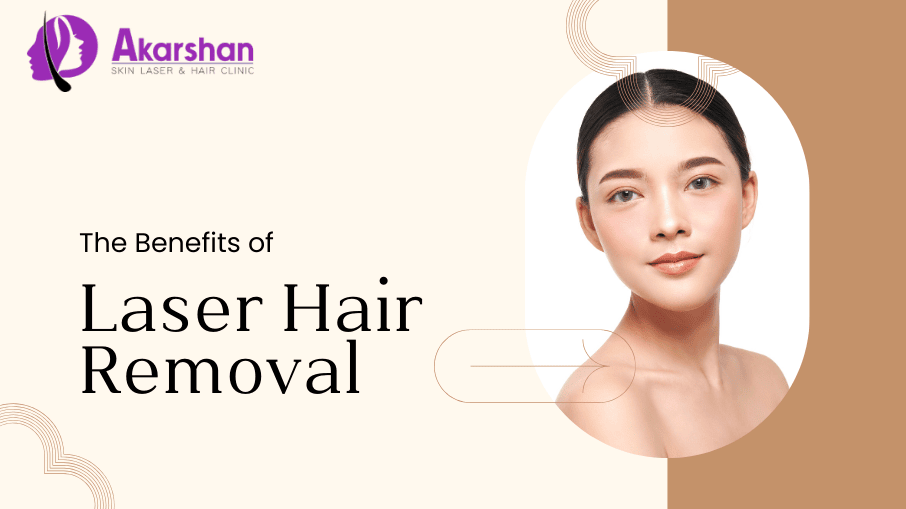



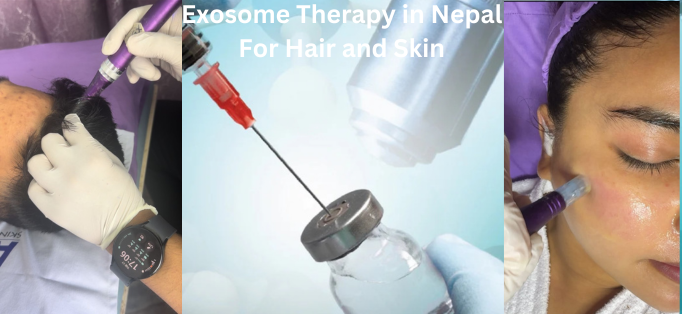

Leave A Comment